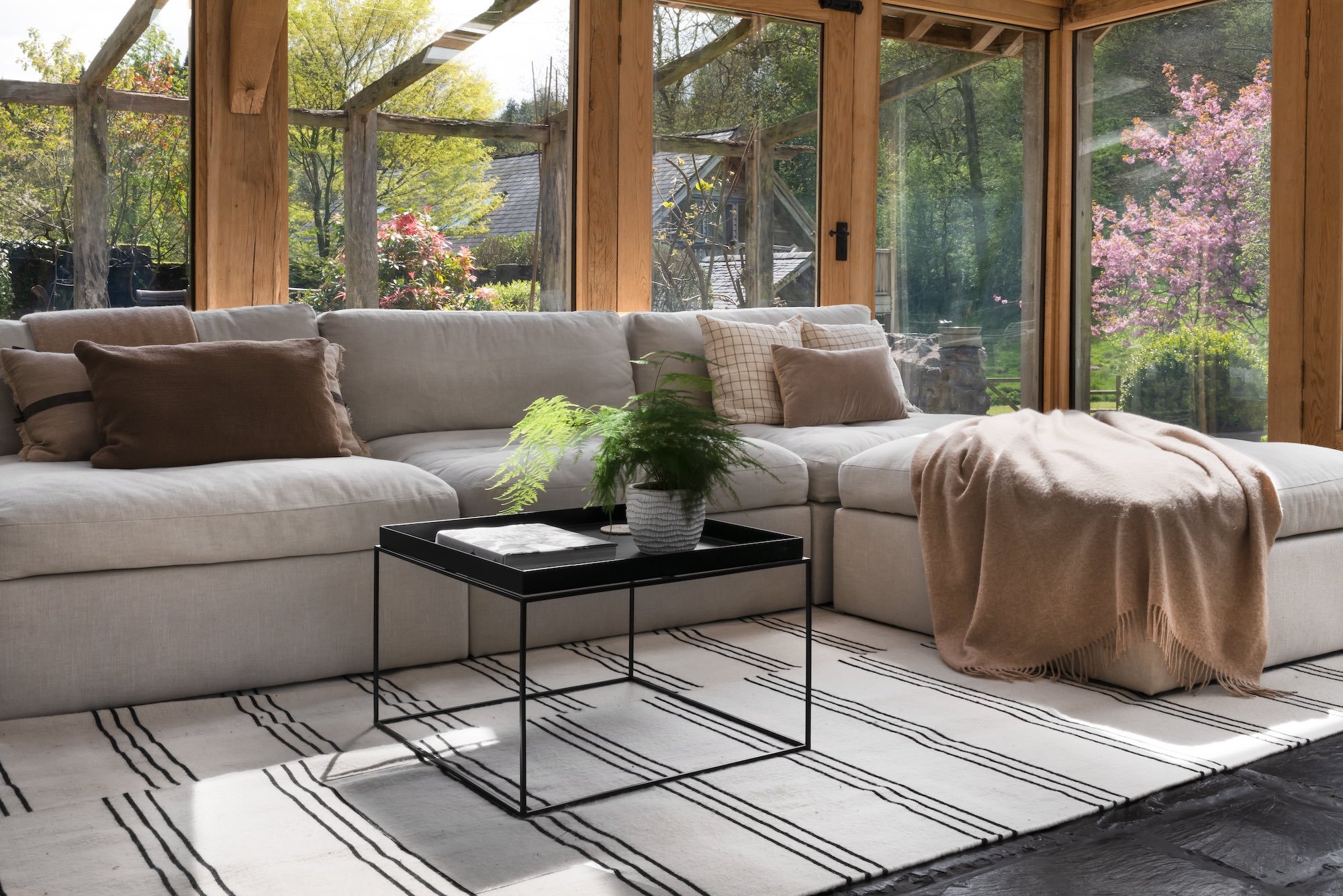Investing in a second home or holiday retreat is a dream come true for many, but designing it to reflect your personal style and create a relaxing escape can be more challenging than expected. Whether it's a countryside cottage, a beachside villa, or a mountain cabin, hiring an interior designer for your second home can make all the difference. Not only will it ensure the space is functional and aesthetically pleasing, but it will also help you make the most of your investment.
In this blog, we'll explore the key benefits of working with an interior designer to create the perfect getaway.
1. Time-Saving Expertise
One of the biggest advantages of hiring an interior designer for your holiday home is the time it saves you. As a busy homeowner, you may not have the time to research design trends, source materials, or manage renovations. A designer handles all the details, from concept to completion, ensuring that your second home is designed beautifully without you having to be hands-on.
Instead of spending countless hours looking for furniture, coordinating with contractors, and making design decisions, you can trust your designer to do the heavy lifting. This frees up your time to focus on other aspects of your life and enjoy your holiday home sooner.
2. A Cohesive Design that Matches Your Style
Interior designers are skilled at creating cohesive spaces that reflect their clients' personal tastes and lifestyle. Whether you want a modern coastal look for your beach house or a rustic, cozy vibe for your mountain retreat, an interior designer will work with you to develop a design concept that aligns with your vision.
By blending your style with their expertise, they’ll help you avoid common design mistakes and ensure that each room in your second home feels like part of a unified, harmonious space.
Interior Designer Liverpool
3. Maximising Space and Functionality
Whether your second home is a cozy cabin or a sprawling seaside villa, an interior designer can help you make the most of the available space. Designers are experts at space planning and know how to create layouts that maximise functionality without sacrificing aesthetics.
This is especially important in smaller holiday homes where space may be limited. From clever storage solutions to multifunctional furniture, an interior designer ensures that your second home is both beautiful and practical.
4. Access to Exclusive Resources and Suppliers
One of the major benefits of working with an interior designer is their access to exclusive resources and suppliers. Designers often have relationships with high-end furniture makers, artisans, and suppliers that aren't accessible to the general public. This means they can source unique, high-quality pieces for your holiday home that you wouldn’t find in regular retail stores.
These exclusive connections allow your second home to stand out, filled with bespoke furniture and luxury finishes that enhance its character and style.
5. Budget Management and Cost Efficiency
Many homeowners assume that hiring an interior designer is an added expense, but in reality, a designer can help you stick to your budget and make cost-efficient decisions. They’ll manage your budget carefully, ensuring you get the best value for your investment while avoiding costly mistakes.
Whether you're furnishing a holiday retreat on a modest budget or investing in high-end pieces, an interior designer will guide you through the process, making smart choices that align with your financial plan.
Interior Designer Liverpool
6. Stress-Free Project co-ordination
Designing a second home can be stressful, especially if you’re trying to manage the project from afar. An interior designer acts as the project coordinator, liaising with contractors, ensuring that deadlines are met, and overseeing every aspect of the design and installation process.
This is especially beneficial if your holiday home is located in a remote area or a different country. A designer will keep everything on track, providing you with regular updates so you don’t have to worry about managing the project yourself.
7. Increase the Value of Your Investment
Hiring an interior designer can also increase the value of your second home. A well-designed, luxurious holiday retreat is not only more enjoyable for you and your family but also more attractive to potential buyers or renters. If you plan to rent out your second home as a holiday let, an interior designer can create a space that stands out from the competition and appeals to high-end renters.
Interior Designer Liverpool
Conclusion: Elevate Your Second Home with Professional Design
When it comes to your second home or holiday retreat, hiring an interior designer is one of the best decisions you can make. From saving time and stress to creating a cohesive and luxurious space, a professional designer can help you transform your holiday home into the perfect escape.
By taking care of the details, managing the budget, and sourcing unique items, they ensure that your retreat is not only beautiful but functional, comfortable, and tailored to your needs. Whether you're planning to use it for personal enjoyment or as a rental property, the benefits of professional interior design are well worth the investment.
If you’re ready to elevate your second home, contact us today to discuss how we can help you create the perfect holiday retreat.





















